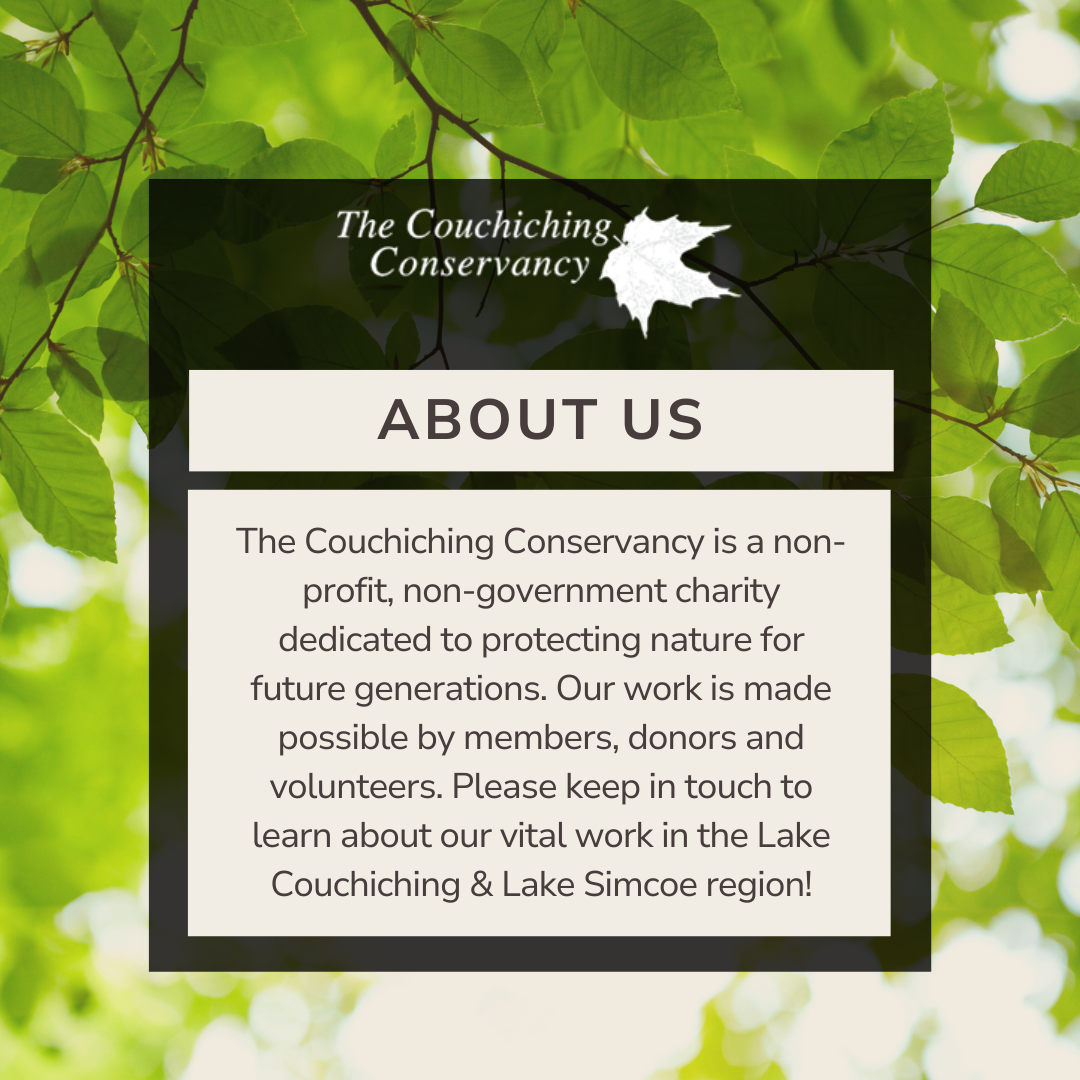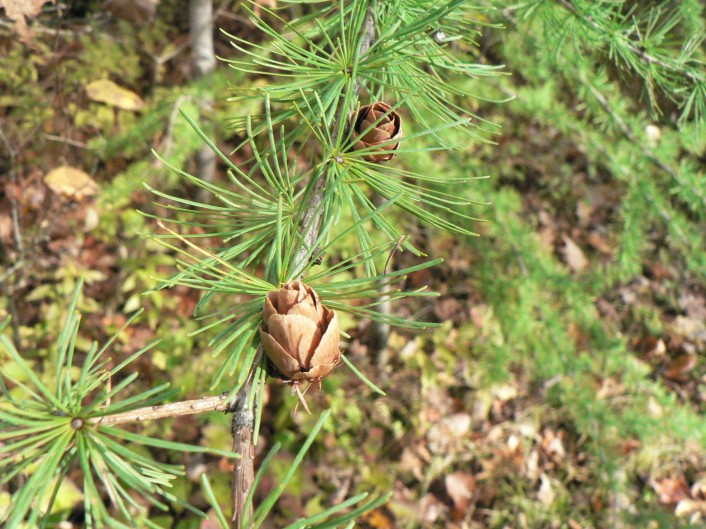Many homes in Canada have decorations that are inspired by nature, such as Canada goose ornaments made of twigs.  Designed and crafted by First Nations people, these attractive pieces of handiwork not only add an interesting touch to our decor, they also help connect us to the natural world.
Designed and crafted by First Nations people, these attractive pieces of handiwork not only add an interesting touch to our decor, they also help connect us to the natural world.
But most people don’t think about what kind of tree the twigs come from, or know much about its life history. The name tamarack comes from an Algonkian word meaning “wood to make snowshoes”, telling us just how important this tree species was to the First Nation community.
Also known as American larch, tamaracks are conifers meaning they produce cones but they differ from other conifers in a very distinctive manner. Tamaracks shed their needles in late autumn, not long after deciduous trees such as maples and oaks do. These trees are quite evident in area wetlands this time of year as their needles are a bright yellow which are a stark contrast to other conifers.
Tamaracks are easy to tell from other conifers. Unlike their evergreen cousins, tamaracks produce bundles of 10-20 short, soft needles in the spring and lose them in the fall.
As the tree matures, it produces both male and female flowers which turn into very small cones on the open areas on young branches or on the crown. These cones contain nutritious nuts, much sought after by crossbills, and purple finches.
Tamaracks thrive in wet, sunny conditions such as open wetlands and are often found growing alongside balsam fir, and in northern areas, black spruce. They are often the first trees to take root in the highly acidic substrate around peat bogs.
Tall, mature tamaracks provide a safe nesting site for a variety of songbirds, especially in northern areas where other tree species are not as abundant.
The wood of the tamarack tree is tough but flexible, especially when cut into strips, making it a good choice for snowshoes.
During the time of wooden ship building, tamarack roots were used for joining ribs to deck timbers. Also, at one time tannin was extracted from the bark for tanning leather. Because tamarack wood is resistant to rot, the logs were used to build corduroy roads in some parts of the country.
Tamaracks are also a truly “Canadian tree”, growing in every province and territory.
Home gardeners should consider adding native tamarack trees to their landscape, especially if there is a sunny, wet location. The tree will grow quickly and provide a colourful dimension to the garden.
The Couchiching Conservancy helps protect natural land in the region including wetlands and wet areas where tamaracks thrive. In turn, these trees contribute to the overall biological diversity of our region and add a burst of soft gold to the fall pallet.
Gayle Carlyle is a volunteer with the Couchiching Conservancy, a local land trust that helps protect more than 11,000 acres of natural land.

